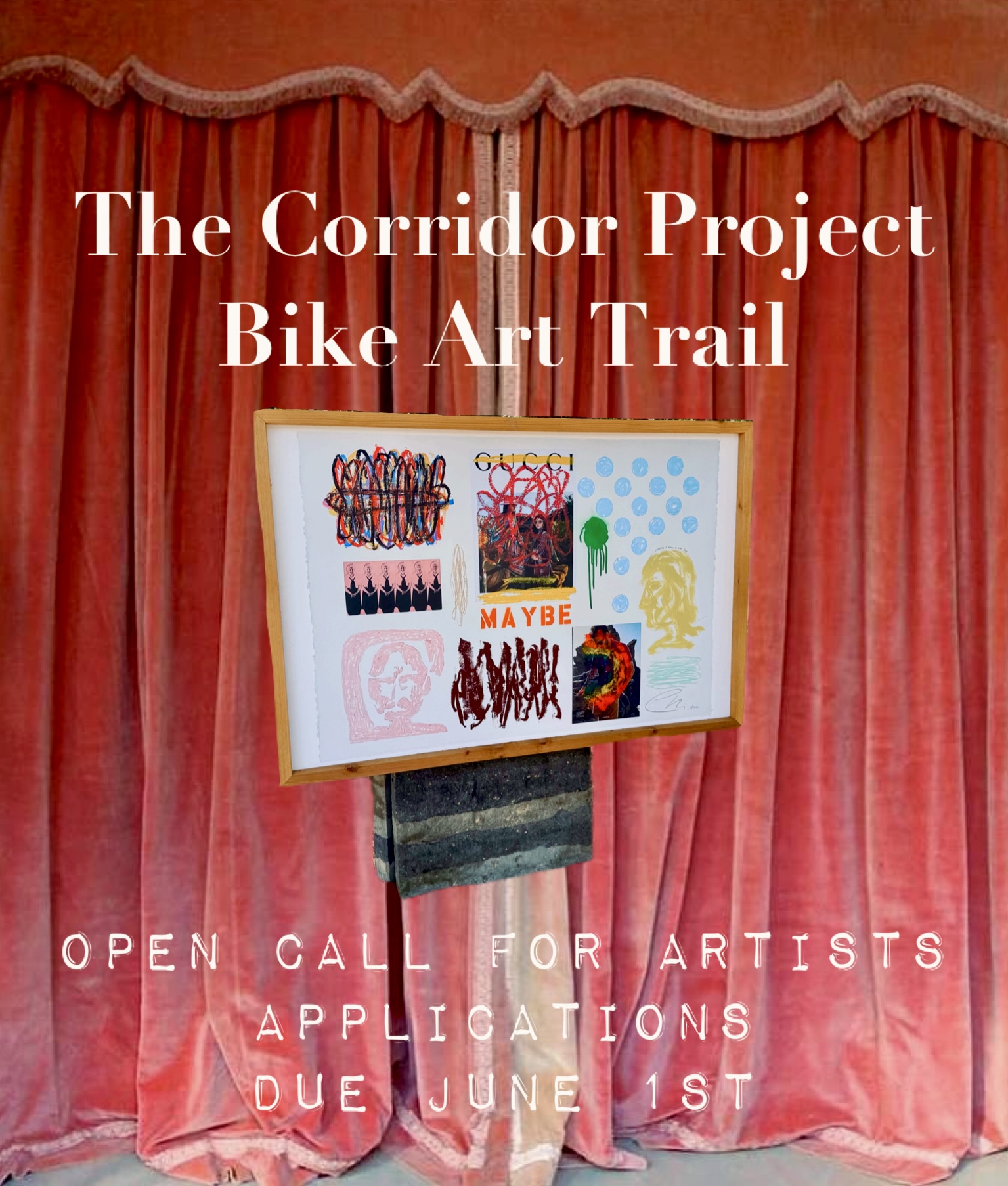
About The Corridor Project-
Committed to placemaking and creating impactful, temporary public art projects, The Corridor Project fosters connection, creativity, and community engagement through engaging artistic experiences.
Current Exhibiting Artists
- Emily Martinez
- Chris Robb
- Leah Sandler
- Justin Luper
- Hai Van
- Steffan M.
- Matt Duke
- Gisela Romero
